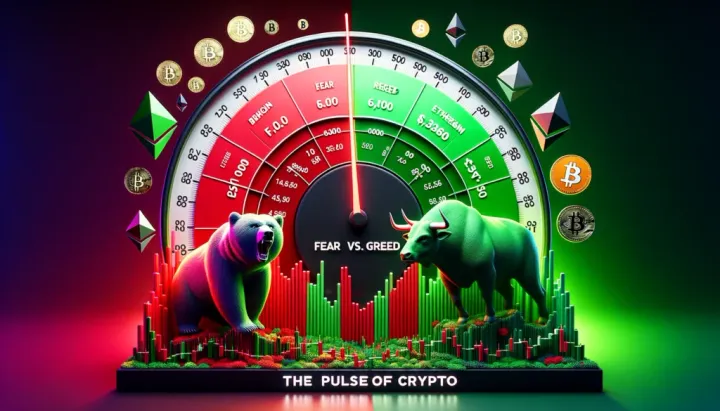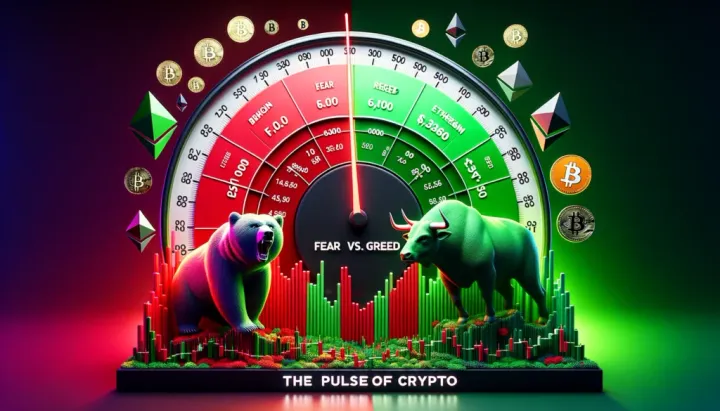After the Bitcoin halving, the momentum will turn to the ETF issue and head to Wall Street

Now that Bitcoin has completed its halving phase, in which the amount of Bitcoin mined (supply) is reduced, the market's attention will shift to Wall Street. The inclusion of bitcoin spot exchange-traded funds (ETFs) in the 13F filings of US asset managers and other financial institutions for the first four quarters of the year, which will be released before mid-May, will be a positive factor for crypto investor sentiment.
After the halving, Bitcoin is currently fluctuating between $65K and $68K, with no significant ups and downs. Bitcoin previously broke the $60,000 mark on Nov. 19, as tensions in the Middle East escalated around the time of the halving. Since then, the price has been fluctuating and is currently trading around 95 million won in the Korean won market.
After the halving, market attention has shifted back to Wall Street, including the U.S. Bitcoin spot ETF. Recently, the U.S. Bitcoin spot ETF experienced outflows for four consecutive days. This is evidence of Bitcoin's price sensitivity to U.S. economic data and geopolitical issues, and is being analyzed as a result of weak ETF supply and demand. US financial institutions are required to disclose their Q1 securities holdings by May 15, which could be positive for sentiment. The U.S. government's fiscal health is another point of interest. Doubts about the ability to control inflation in the U.S. and a worsening fiscal deficit could boost bitcoin's value, according to Hong. If the U.S. debt ceiling negotiations stall, Bitcoin could act as a hedge against a technical default on U.S. debt. Previously, the U.S. government's credit rating was threatened in 2011, 2013, and 2023 when the debt ceiling negotiations stalled, and those years have been analyzed as three of the past five Bitcoin bull markets.


